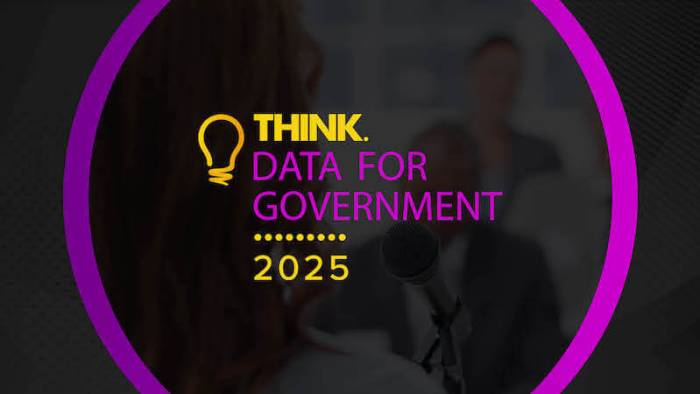Speaking at a panel session dedicated to the future of digital government at Think Digital Government, leaders from research, government and suppliers (pictured) highlighted the challenges ahead – and the work required to deliver the next phase of digital public services.

“One of the things that I keep asking myself around that future is, how do we keep building trust in public services? How do we keep the human at the centre of all the decisions that we’re making?” asked Amanda Payne, client success and strategy director at GAIN.
For Oliwia Berdak, VP research director at Forrester, recent research into the future of digital government shows trust and digital ambition are tightly linked.
“One of the key findings in our study is that trust and the breadth of digital services are kind of correlated in a really interesting chicken-egg situation,” she said. Governments with high citizen trust “get to do a lot more and introduce the types of digital services that we would like to have,” and in turn, those helpful services reinforce trust.
That matters as governments explore “anticipatory” services – for example, benefits being automatically set up when a child is born. “It sounds brilliant in principle,” said Berdak, but only if citizens believe government will use data fairly.
Trust, she argued, is a set of attributes: competence, accountability, transparency and empathy. Citizens want to know “what happens when things go wrong”, especially with AI, she said.
Build the Right Thing
Payne, whose career has tracked the growth of the UK’s digital public sector, argued that some fundamentals haven’t changed. “You build the right thing, you build it right, right? And that hasn’t changed,” she said.
Users don’t come to government services for fun: “This isn’t a nice path. It’s not a pleasurable journey. Often it’s taxes and passport renewal and bins… So how can we make it just easy?”
Payne said she wants to crack problems the sector has talked about for more than a decade: “interoperability, joined up government, [and] whole service journey.” That means “working together to solve some of the problems that I’ve seen the last 15 years” – and bringing digital into spaces like procurement, governance and legal.
“Some of the best projects I’ve been on is when procurement or contract managers have been involved all the way through,” she said. “Speaking as a supplier, I’d rather tell you what outcomes we’d like to achieve with you, than respond to a list of requirements that… often stifle our creativity.”
If you liked this content…
Fixing the Plumbing: Governance, Procurement and Funding
While AI grabs headlines, panellists repeatedly returned to what chair Gavin Freeguard called “the boring stuff” – funding models, governance, procurement and legacy systems.
Katy Beale, chief delivery and engagement officer – digital and innovation at Westminster City Council argued that better procurement and contract management are now core to transformation, not administrative afterthoughts.
At Westminster, Beale has been supporting teams to combine waterfall targets with agile delivery. Data is central: it helps councils save costs and deliver better services for “5000 staff, 200,000 residents and five million visitors”.
Meanwhile, Environment Agency CDO Peter Connolly called out funding inconsistencies: too much money for projects, too little for operations.
“Everything at the moment involves development, not so much the operation,” he said. Moving towards more flexible, service-based funding could “unlock a lot of the challenges”.
AI, Failure Rates and the Skills to Use it Well
For all the enthusiasm about AI, Connolly noted that among organisations investing in AI or automation, “78 percent… failed to return” on that investment. The risk, he said, is “we’re also trying to do too much.”
Beale outlined Westminster’s more structured approach. The council has appointed two full time AI adoption officers and built an AI adoption strategy covering everyone from engineers to frontline staff who may “need more help with Excel” than generative tools.
Pilots are already improving planning workflows. A consultation summariser and automated file uploader are “helping people improve the banality of their jobs” and freeing time for higher-value work.
Berdak also stressed different strategies for different skill levels: enthusiasts, the unsure-but-curious, and those who are “scared” or feel left behind. “For those people, maybe it’s about building trust… alleviating some fears,” she said.
Connolly added that business change must continue long after deployment: “Do you really know what question you should be asking? … Business change is not just on day one.”








